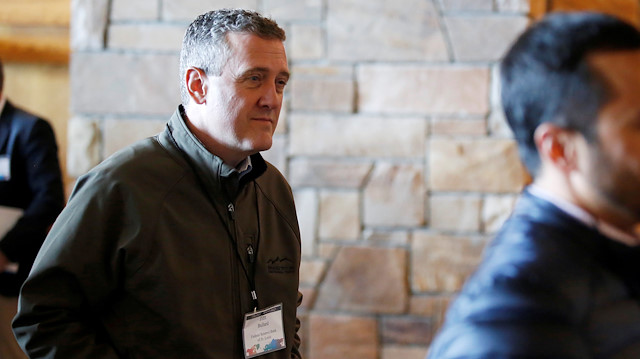

FILE PHOTO: James Bullard, President of the Federal Reserve Bank of St. Louis
KEEP EVERYONE WHOLE
All this needn't wreck the economy. Legislation working its way through Congress has begun to roll out some support.
Bullard said the "core aim" can be kept simple: "keep everyone, households and businesses whole through the second quarter." Do it with a quick expansion of unemployment insurance to cover lost wages, and through grants and loans to business to cover losses from "unemployed" capital.
From a macroeconomic standpoint, he argues, it is a tractable problem.
Again using back of the envelope math and a 30,000-foot view, he said perhaps half a trillion dollars of lost output will be accounted for by necessarily lost consumption - all the movie tickets and clothes no one buys and trips people will not take.
As to the other $2 trillion, Bullard said the federal government should borrow and distribute it to people and business.
"That is completely feasible," in service of limiting economic damage, he said. "This is a planned, organized partial shut down of the U.S. economy. We are throttling back output on purpose to meet health guidelines... Transfer income to affected households."
"Call it pandemic relief," Bullard said. "Get transfers to businesses that are affected heavily, and come out on the other side. Identical economy. Produce the same goods as before."
#Bullard
#FED
#coronavirus

